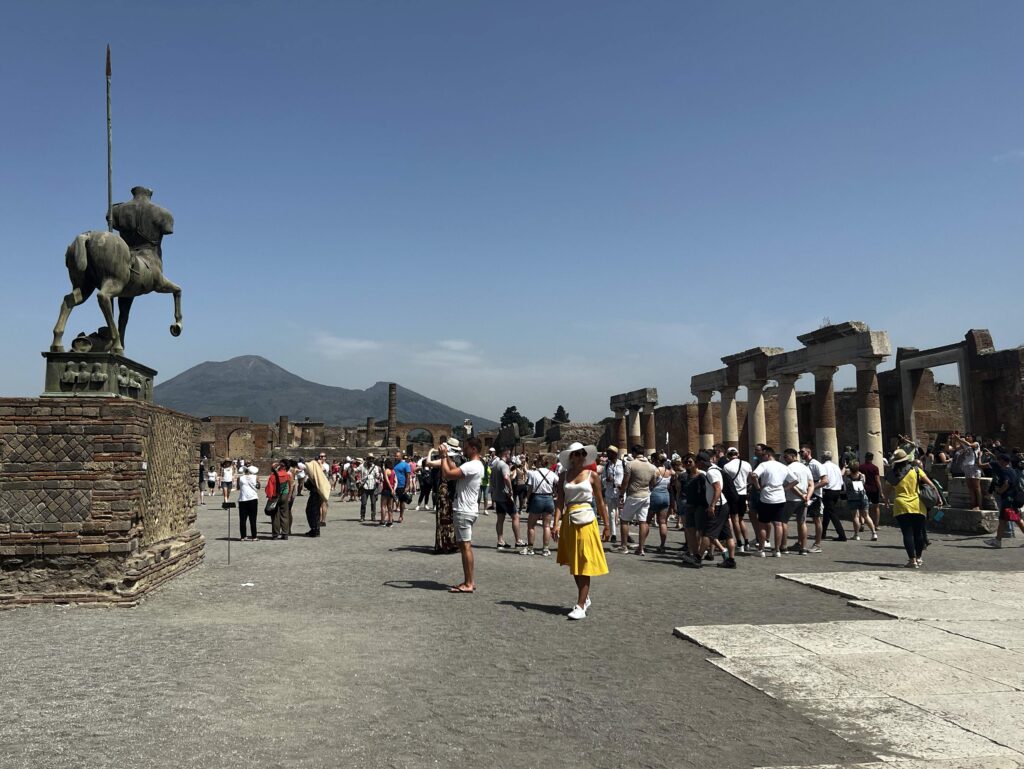Every city changes with the passage of time, but it’s hard to imagine a city that has changed as much–and as fast–as Tokyo. Just a mere 160 years ago, Tokyo was known as Edo, with a shogun ruling from the mightiest castle in the land, surrounded by some 270 feudal lords who had mansions and traditional landscaped gardens of their own. Today, Japan’s capital is one of the densest metropolises on the planet, yet remarkably some of Tokyo’s traditional gardens remain. Carved out of the landscape to provide solace, peace and harmony to their feudal owners, these shogun-era gardens today offer a respite from city life and a window into the days of the samurai.

Features of traditional Japanese gardens
Most Japanese gardens center on a pond accented with boulders, twisting pines, stone lanterns, bridges, flowering bushes, artificial hills, and changing vistas afforded by each step on the strolling pathway. With elaborate tea ceremonies the rage of the samurai class, most gardens also have teahouses providing the best, most contemplative views. Seasons, too, play center field, so much so that many gardens have extended hours to enjoy such occasions as changing leaves in autumn or the profusion of particular blooms.

Tokyo’s traditional gardens
Although Tokyo’s traditional gardens can’t compete with more famous ones in Kyoto, Kanazawa, and other locations around Japan, most of them associated with temples and castles, Tokyo’s landscapes stem from the lifestyles of feudal Japan’s rich and famous. Because travel during the Edo era was strictly controlled, gardens provided an escape for the upper class and were often laid out to inspire a sense of adventure and wonder. Scenes from nature were recreated in miniature form, so that pebbles strewn along a shallow bank might bring to mind a seaside beach or a conical hill might resemble Mt. Fuji.

My pet peeve is that many of Japan’s gardens are now marred by highrises on their perimeter–there really ought to be a law. For that reason, Rikugien is my favorite garden in Tokyo because it seems worlds away from the city, though the Japanese garden in Shinjuku Gyoen National Park also affords picturesque scenery. Other gardens worth seeking out include Hamarikyu and Kiyosumi.
I’m also amazed at the artistry of Tokyo’s traditional gardens, tended to by legions of dedicated gardeners who whisk away offending dried leaves, trim pines to reveal their inner beauty, and make sure everything is as it should be.
Traditional Japanese gardens are perfect in an otherwise imperfect world.

For more on Tokyo’s feudal-era gardens, see my article, Tokyo’s Best Traditional Gardens, published at gardendestinations.com.
For another of my favorite gardens, see my blog, The Adachi Museum’s Picture-Perfect Views.






